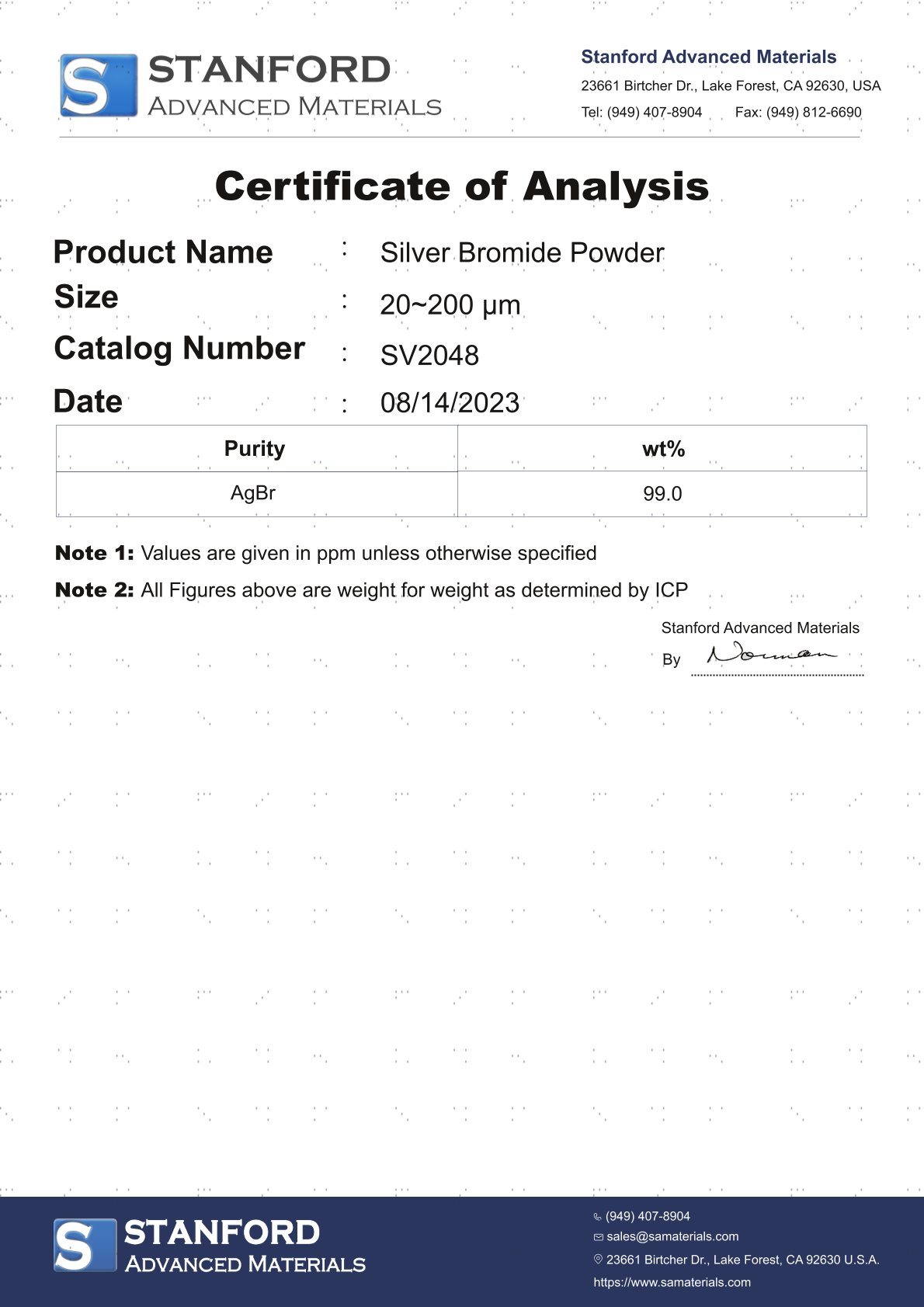- Products
- Categories
- Blog
- Podcast
- Application
- Document
SV2048 Silver Bromide Powder, AgBr (CAS No. 7785-23-1)
| Catalog No. | SV2048 |
| Purity | 99% |
| CAS Number | 7785-23-1 |
| Appearance | Pale-yellow powder |
| Molecular Formula | AgBr |
| Particle Size | 20-200um; 45-85um |
High purity silver bromide powder can be provided by Stanford Advanced Materials at competitive prices. Other customized silver compounds can also be manufactured and supplied upon your requirements.
Related product: Silver Oxide Powder, Silver Sulfide Powder, Silver Chloride Powder, Silver Phosphate Powder.
INQUIRY
Add to Inquiry List
Description
Specification
Technical Data Sheet
LATEST RECOMMENDED
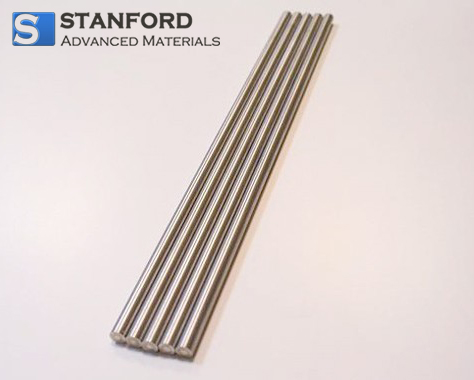
SV0138 Tungsten Silver Composite (W-Ag Composite)
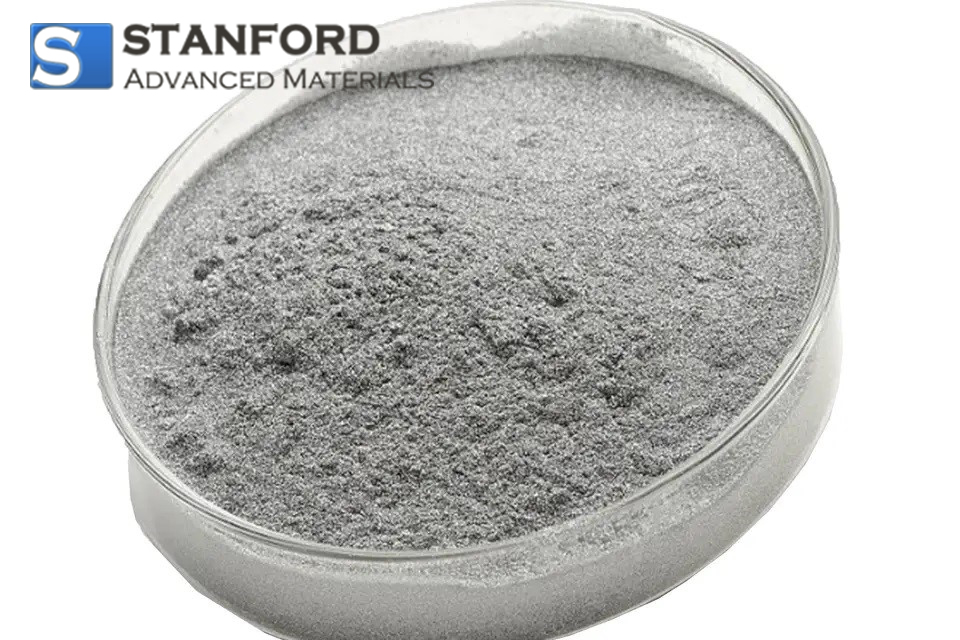
NN0261 Nano Silver Powder (Ag 50nm) (CAS No. 7440-22-4)
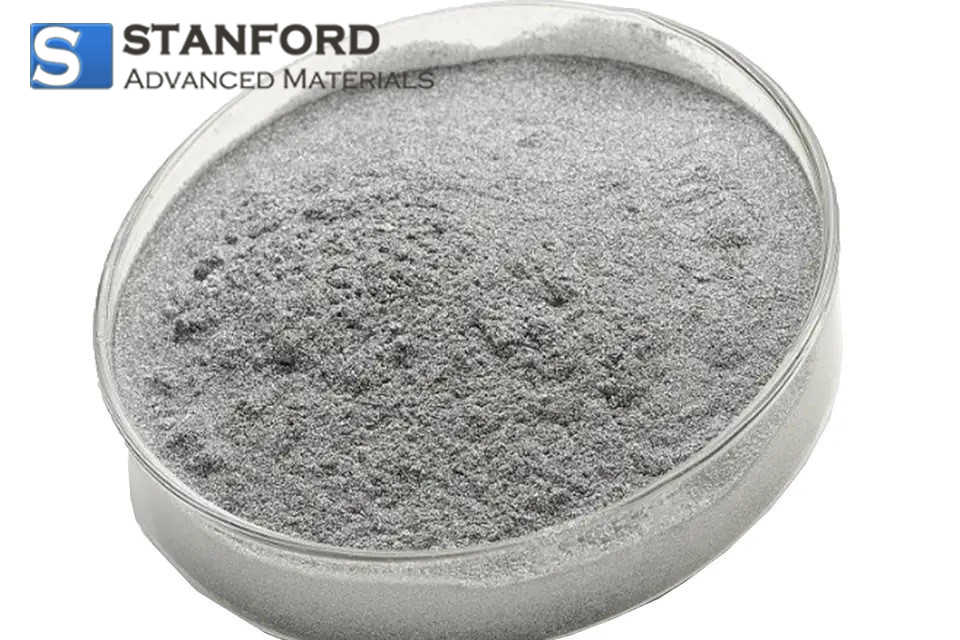
NN0262 Nano Silver Powder (Ag 80nm) (CAS No. 7440-22-4)
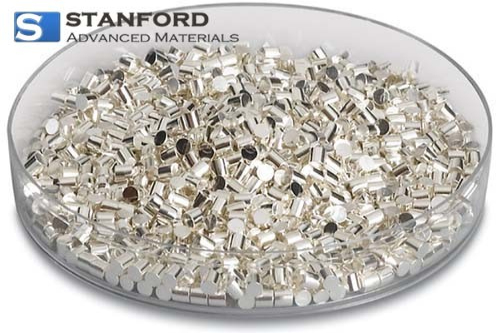
VD0579 Silver (Ag) Evaporation Materials
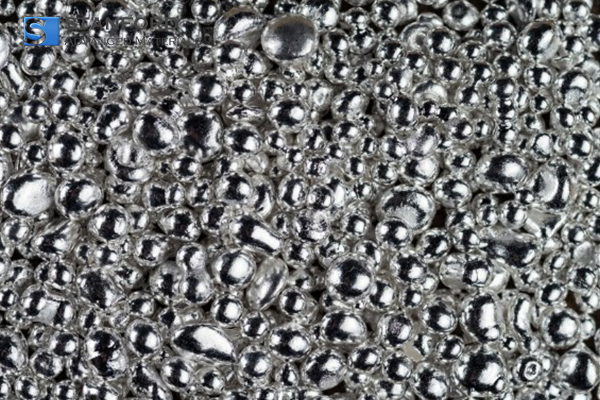
CY1026 Silver (Ag) Catalyst (Organo-metallic Catalyst)

CY1328 Silver Methanesulphonate (AgCH3SO3) Powder (CAS No.2386-52-9)

CY1329 Silver Trifluoromethanesulfonate (AgCF3SO3) Powder (CAS No.2923-28-6)
imide.jpeg)
CY1330 Silver Bis(trifluoromethanesulfonyl)imide Powder (CAS No.189114-61-2)
GET A QUOTE
Send us an Inquiry now to find out more Information and the latest prices,thanks!


 GHS09
GHS09